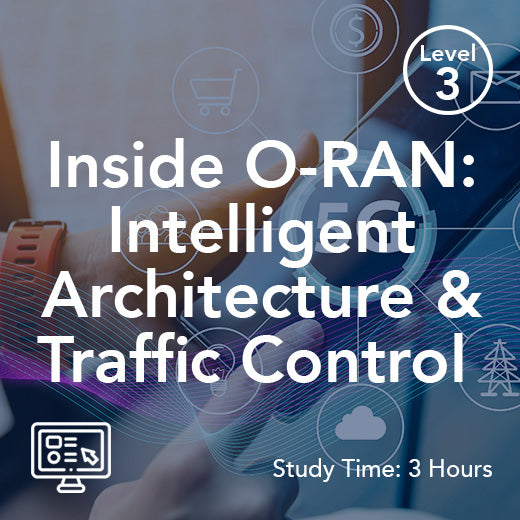What is 5G massive machine-type communication (mMTC)?
- , by Paul Waite
- 2 min reading time
5G massive machine-type communication (mMTC) is a key component of the next generation of wireless technology that promises to revolutionize the way machines communicate with each other. mMTC is designed to support the massive connectivity requirements of the Internet of Things (IoT) and enable a wide range of applications that require low-power, low-cost, and high-reliability communication.
In simple terms, mMTC refers to the ability of 5G networks to support a large number of devices and sensors that are connected to the internet. These devices can range from smart meters and industrial sensors to wearable devices and autonomous vehicles. mMTC is expected to enable a wide range of applications, such as smart cities, smart homes, industrial automation, and remote monitoring.
One of the key features of mMTC is its ability to support a large number of devices in a small area. This is achieved through the use of advanced technologies such as massive multiple-input multiple-output (MIMO), beamforming, and network slicing. These technologies allow 5G networks to allocate resources more efficiently and support a larger number of devices than previous generations of wireless technology.
Another important aspect of mMTC is its support for low-power and low-cost devices. Many IoT devices are battery-powered and have limited processing capabilities, so it is important for mMTC to be able to support these devices while minimizing power consumption and cost. 5G networks achieve this through the use of technologies such as narrowband IoT (NB-IoT) and LTE-M, which are designed specifically for low-power, low-cost devices.
In addition to supporting a large number of devices, mMTC also offers high reliability and low latency communication. This is essential for applications that require real-time data transmission, such as autonomous vehicles and industrial automation. 5G networks achieve this through the use of technologies such as ultra-reliable low-latency communication (URLLC) and network slicing, which allow operators to allocate resources based on the specific requirements of each application.
Overall, mMTC is a key enabler of the IoT revolution and promises to transform the way machines communicate with each other. By supporting a large number of devices, low-power and low-cost communication, and high reliability and low latency, 5G networks are poised to unlock a wide range of new applications and services that will drive innovation and economic growth in the years to come.

































